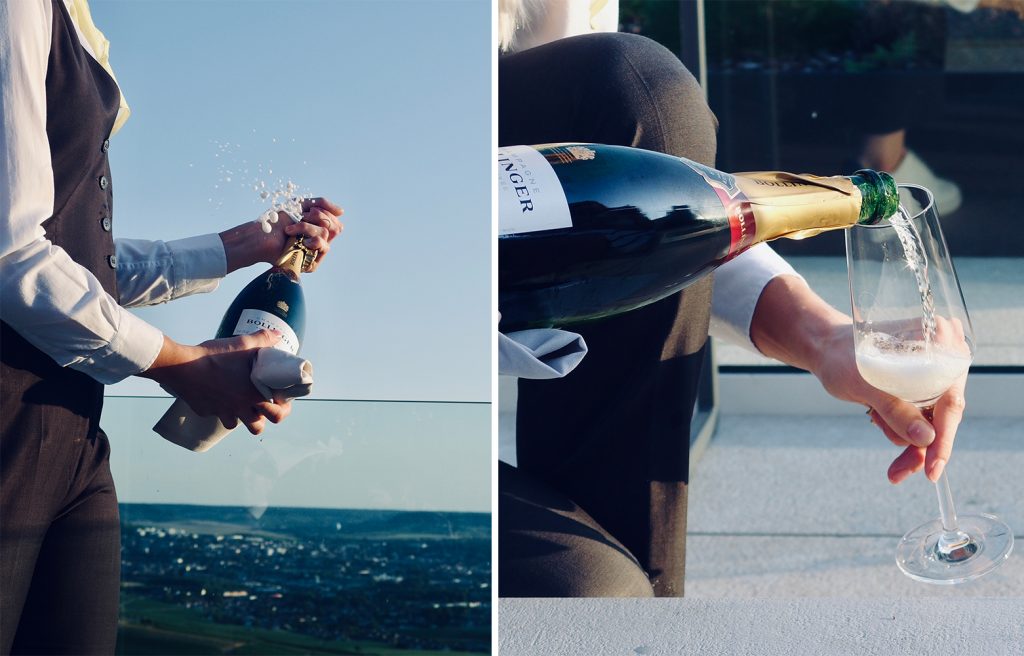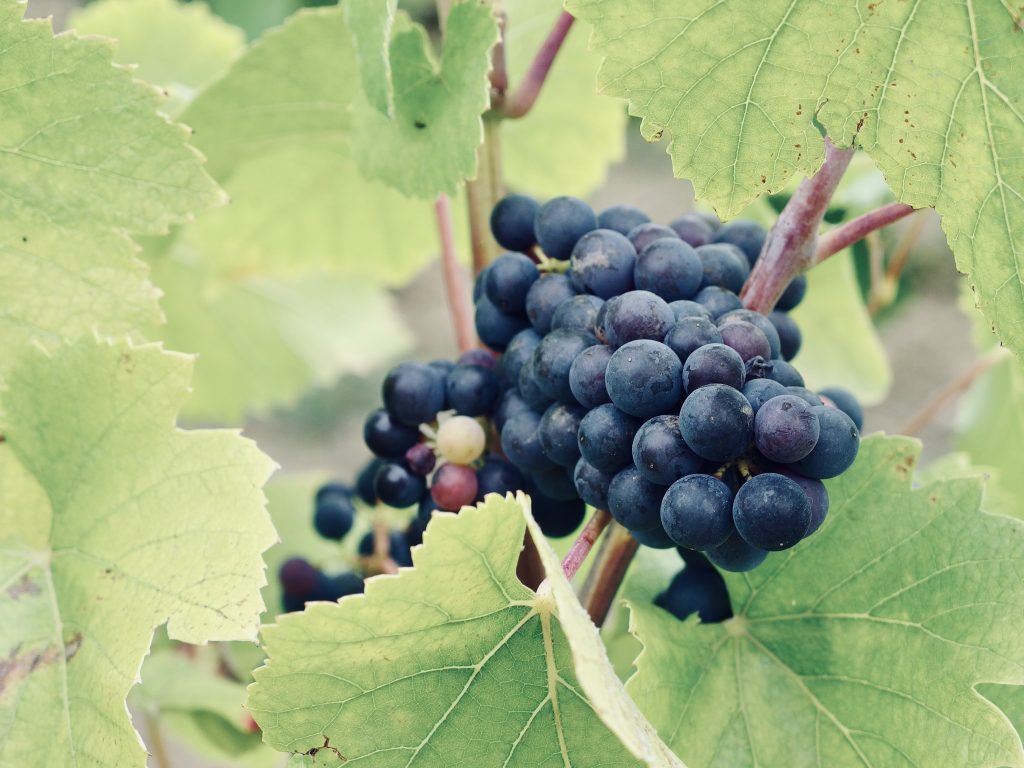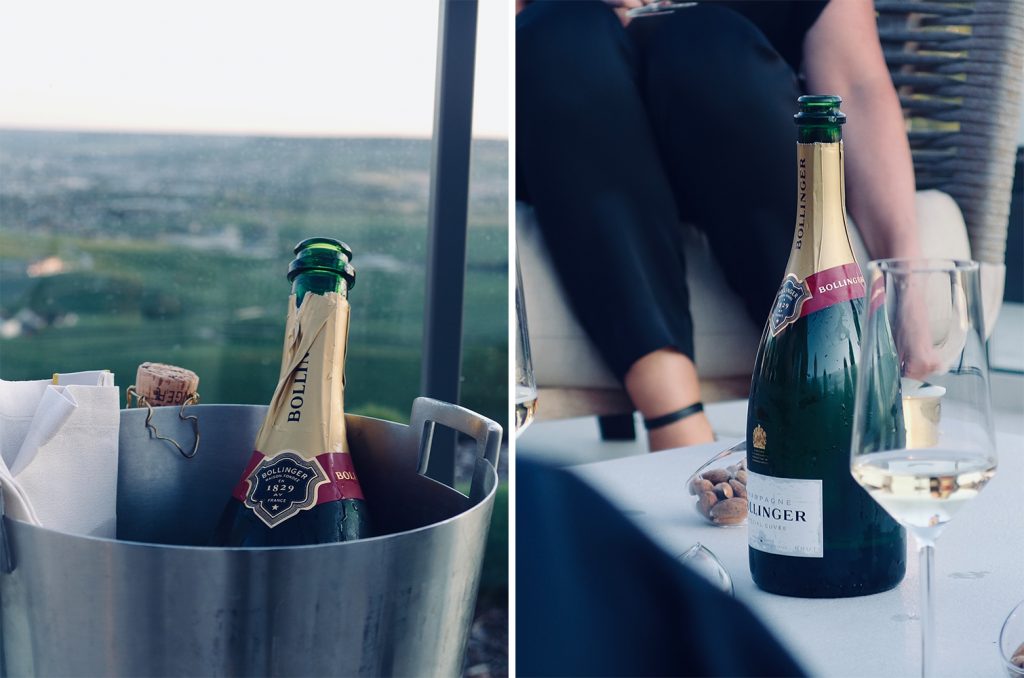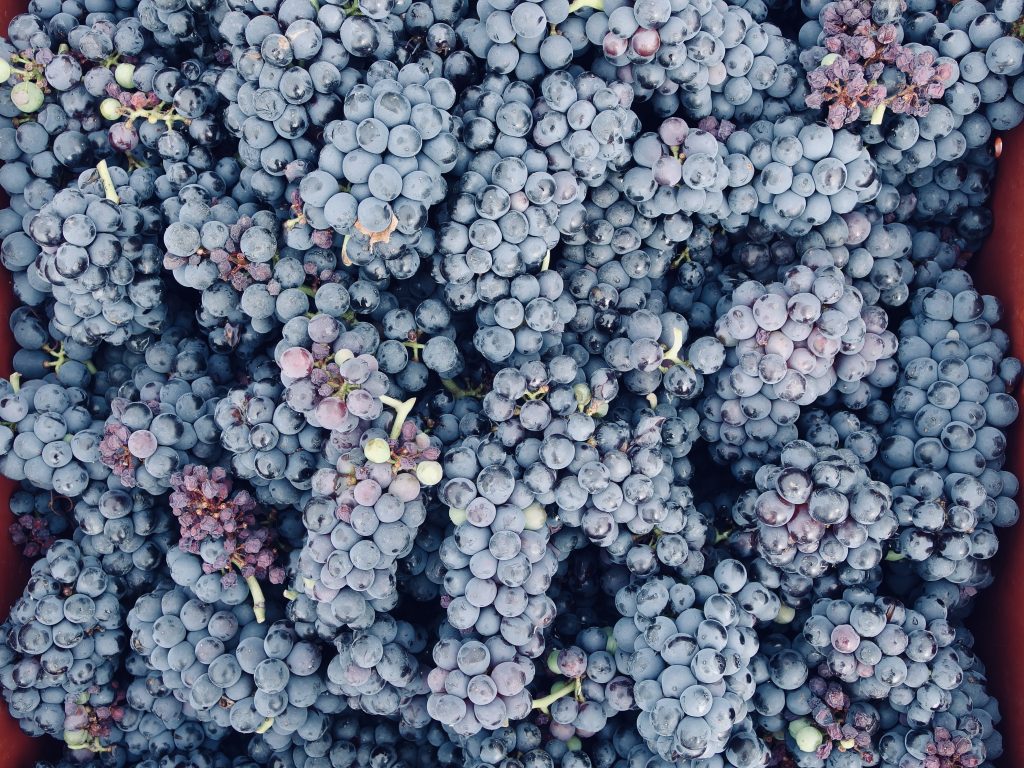Exploring the Thoughtful Technique Behind Champagne Bollinger
For almost 200 years the maison has touted patience, craftsmanship and tradition to widespread acclaim

There are few delights like Champagne—both the wine and the winery-dotted region. From the centuries-old traditions to the rousing of our senses (be it the sound of a bottle popping, its energizing effervescence or the ordered ease of the manicured vineyards), the experience of Champagne remains unrivaled. We were lucky to visit one of the region’s most acclaimed maisons, Champagne Bollinger. The house doesn’t match the output of Veuve Clicquot or Möet, because, in fact, Bollinger is known for intentionally limiting a year’s production to maintain quality. This is indicative of their illustrious history and commitment to craftsmanship.

That commitment runs through the maison’s every move—from working their way up to owning more than 60% of their grapes to hand-riddling and -disgorging. Champagne Bollinger also remains the sole maison to retain an in-house cooper—and one of the few to have the patience to rest their wine on oak and then ferment it in bottles. Their extra effort isn’t merely lore, either: their product boasts a richness, a silky creaminess and textural and palatable differences that can be directly attributed to their choices during production.

“A huge part of our work is done by hand,” Bollinger GM Charles-Armand de Belenet says. “We don’t use machines. We like craftsmanship and we want to keep craftsmanship and at the same time add new technologies. We want to find the balance between the traditional and new.”

Keeping this in mind, Champagne Bollinger relies on many of the same processes they used at their inception (some that other houses abandoned but are returning to now). They do so to spotlight tradition and emphasize that sometimes the old way is the best way.

“If it’s good for the wine, we do it. No compromise; no shortcut to quality. And that’s still the case today,” says Cyril Delarue, a sixth-generation Bollinger family member and current business development manager for the brand. “You see that we have reasons why we age in magnums, do barrel fermentation, age with natural cork. [With a lot of these techniques], in the 1950s through the ’70s people moved away from it and you see more and more people are coming back to it. And [for] Bollinger, we stick to it—and it wasn’t because we wanted to be a museum for traditions, but it was because we already proved—through analysis, studies, experiments—that it was good for the quality of the wine.”

Delarue admits that the region isn’t the same as it’s always been, though. Even if the maison is not necessarily inclined to change, they may have to in order to preserve their name and to maintain their standard of quality. One specific example lies in their response to climate change. Warmer-than-ever weather burns grapes to an almost raisin state—thus, there’s no juice to press. In this year’s harvest, which we were fortunate enough to join them for, the south-facing Chardonnay grapes were impacted most. But, the consensus is that climate change is going to do far more than scorch a few bunches of grapes. The impending change will pull the window for harvest further from its typical start date, somewhere between mid to late September and early October, and force the maison to revert to other style-approved grapes, rather than Pinot Noir and Chardonnay, that normally aren’t grown—like Arbanne and Fromenteau.

“There is a feeling that Bollinger is slow to react to trends, but we want, first, to make sure our style is going to be preserved and that every year we can make the wine better than the previous year,” Delarue says. The maison was the first in the region to receive the High Environmental Value Certification for their efforts to both harvest organically and maintain their land with upmost respect to the environment. Within their vineyards, they showcase sustainable wine-growing by planting grass, thus employing biological pest control and drastically reducing their reliance on herbicides. The biodiversity other shrubs and flowers afford also improves the resiliency and complexity of their grapes—which ultimately results in better wine.

Complexity proves to be one of the maison’s proudest traits. Wherein other maison’s products are straightforward, crisp and even a bit sweet, Champagne Bollinger’s boast layers of tart grape, toasted oak, vanilla and a silkiness that’s reminiscent of lactobacillus’ impact on sour beers. In every bottle—whether it’s an excellent vintage or the freshest bottle of Special Cuvée—there’s something to decipher, a distinguishable list of notes that play well with pairing. “People rarely will understand that Champagne that’s vintage will still age in the bottle—just like any wine,” Champagne Bollinger’s Guy de Rivoire says. But he also admits, “The absolute best gift is a bottle of Special Cuvée that’s been aged three or four years.”

It’s meaningful to have your brand’s commercial director tout the deliciousness of your bottom-rung bottle. The Special Cuvée marks the entry point to the brand’s collection, with their Rosé, La Grande Année 2008 and La Grande Année Rosé 2007 resting between it and the Bollinger R.D. 2004, which stands as the pinnacle of their products. For its cost and its drinkability, the Special Cuvée offers value, and the impressiveness of its means of production feels authentic to the maison’s story, which dates back to 1829.

Champagne conjures up feelings of grandeur merely with mention. But few houses, and even fewer bottles, embody that spirit without flaw. It just so happens that Champagne Bollinger has managed to do so for nearly 200 years.
Images by Evan Malachosky












